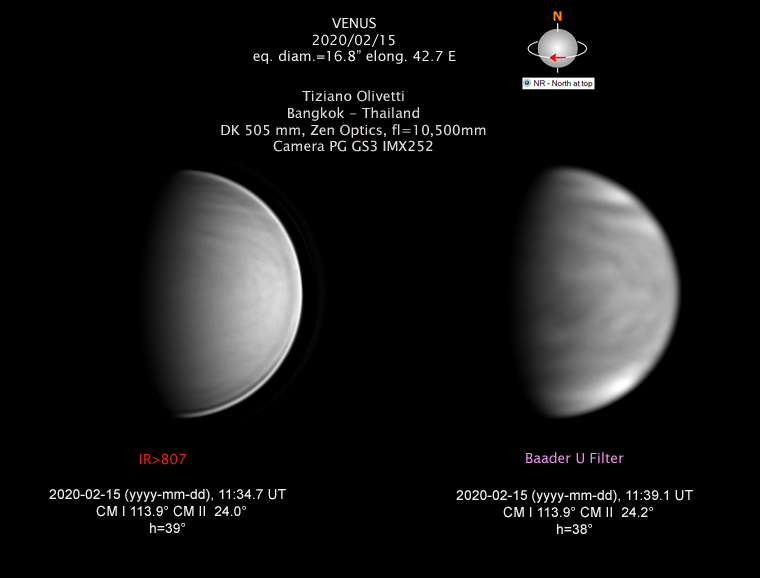
It’s always a special sight when Venus and the Moon, the two brightest objects in the night sky, are in close order. There’s an opportunity to see a coming-together for a few days this week, provided you can find a view of the sunset (western) horizon that’s free from trees or buildings.
If you’re out and about at around or just after sunset between 8 and 10 September, you should notice a very bright object hanging low over the west-south-western horizon (azimuth ~245°) as it gradually materialises out of the diminishing twilight. This is Venus, presently a lowly but blazingly bright (magnitude –4.1) ‘evening star’, and remaining so for the rest of the year.
On 8 September, if you look around 20 degrees to the west you may notice a very young Moon appearing as a very slender crescent (four per cent phase). Over the next two days, the Moon catches up and passes Venus. Soon after sunset on 9 September, the pair are seen around six degrees apart, and on 10 September the Moon, by now a fatter, 17 per cent-illuminated crescent, lies around seven degrees east of Venus.

